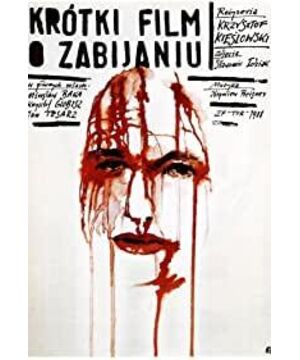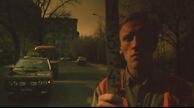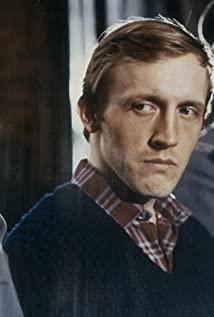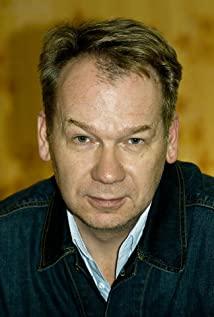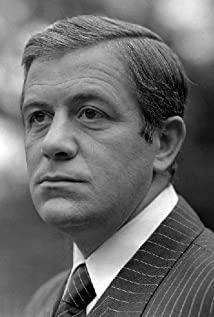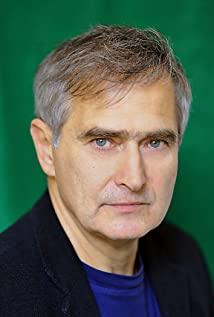Note: The three-line narrative structure of jumping without warning, the prevention of ordinary crimes and capital punishment, the green filter and the visor, the contrasting two paragraphs of "meaningless torture".
From the beginning, the work shows the environment and theme of the story: dim light beams, low-quality coal-fired lamps, this is a dilapidated and lifeless Eastern European city.
A dead mouse floating in a ditch, a cat hanged from a window, and scattered children behind.
Pointless slaughter - this theme gradually emerges along the storyline. A taxi driver, a murderous youth murderer, a lawyer and the state, a senseless murder ties these elements together.
The driver's point of view of the three-line narrative
The first to appear but also the first to leave. After washing his car, the taxi driver refused to pick up the people he showed up: a young couple, a woman with a dog, a gay man, a drunk. He clearly avoided the customers he wanted to carry.
He met a lost dog on the road, and he gave the dog a sandwich made by his wife until he took a young homeless man.
The Youth Perspective of Three-Line Narrative
A young homeless man begins his life after watching a fight in an alley.
He went to see a movie at a movie theater, but was told that the movie showing was boring.
He took a snapshot to a photo studio to enlarge it and asked where he could hire a taxi.
He came to an overpass, pushed a small stone off the bridge and went straight away, under the bridge came the sound of smashed car windows and honking.
He walked to a plaza where taxis were serving customers, and saw the police, frightened, and turned into a coffee shop .
He wrapped a rope around his hand and left. He called a taxi, told the driver to drive to the suburbs, strangled the driver with a rope, dragged his body to the river, and slammed the driver on the head with a stone to leave without purpose.
He drove the driver's car to his girlfriend's house and wanted to hide in the mountains together, but he was suspicious of his girlfriend.
Tried, despite the lawyers' best efforts, ended up being hanged, the non-accidental death of an anarchist.
Lawyer's Perspective of Three-Line Narrative
He takes the test. The exam became an opportunity for him to reveal his own doubts about the law: the law was clear, but the circumstances were not; the letter of the law clashed with reality.
Mentor: What is your view on the prevention of general crimes?
Attorney: Generally speaking, punishment is not intended to have an effect on the crime, but to deter others, more precisely, it is produced through the crime, or even the crime itself. The justification of severe punishment is particularly dubious, it is often unjust,
After passing the exam, he and his girlfriend went to the coffee shop to discuss marriage.
Here, in the same coffee shop, as the camera pans, the focus shifts from youth to lawyers.
They were in the same room for a long time afterwards, and while any change could change what happened afterwards, the foresight to prevent general crime didn't make it happen.
Coincidentally, the lawyer's first case was defending the youth. Lost, the two meet on death row.
The youth asked the lawyer to give the enlarged photo to his mother. It was a picture of his sister, he explained. She died in an accident. He has been kicked out of the house since then.
Green filter and visor
It is very different from the green tone of "Two Lives". The grey-green tones of this combination create a dim effect that is unsightly, eerie and empty.
Contrasting two paragraphs of "meaningless torture"
"Death of Driver" and "Death of Youth"
One was the dentures that fell out of the taxi driver's mouth after he died and fell into the mud, and the other was the young man who was incontinent on the gallows and fell into the tray below.
In contrast to Haneke's violence, Kieslowski was the first to ask the law.
It was only after the lawyer stepped into the society that he gradually discovered that there was a world of difference between the law in theory and the law in practice .
After the film was born, it was immediately applauded by advocates of the abolition of the death penalty around the world, and it became a classic work they often cited. In fact, the year after the film was released, Poland announced a five-year moratorium on executions.
View more about A Short Film About Killing reviews


